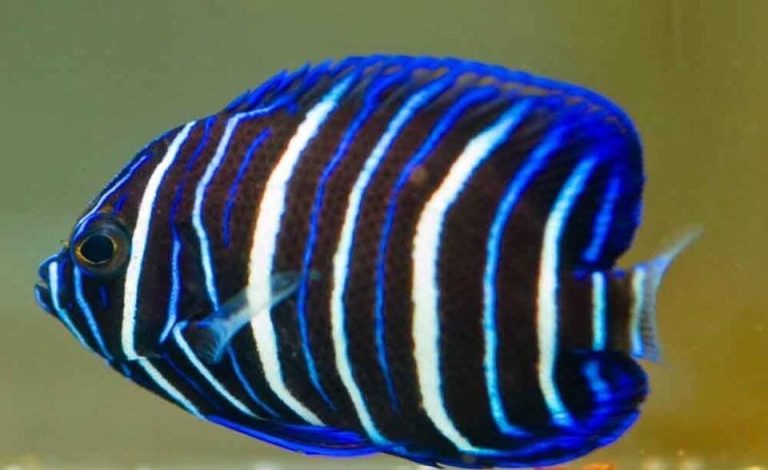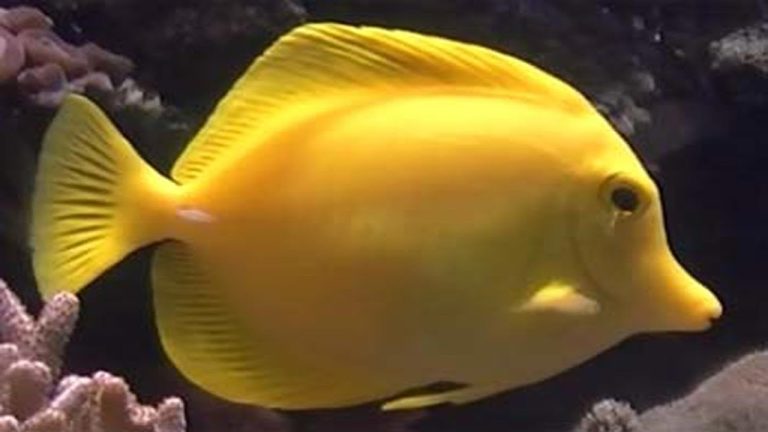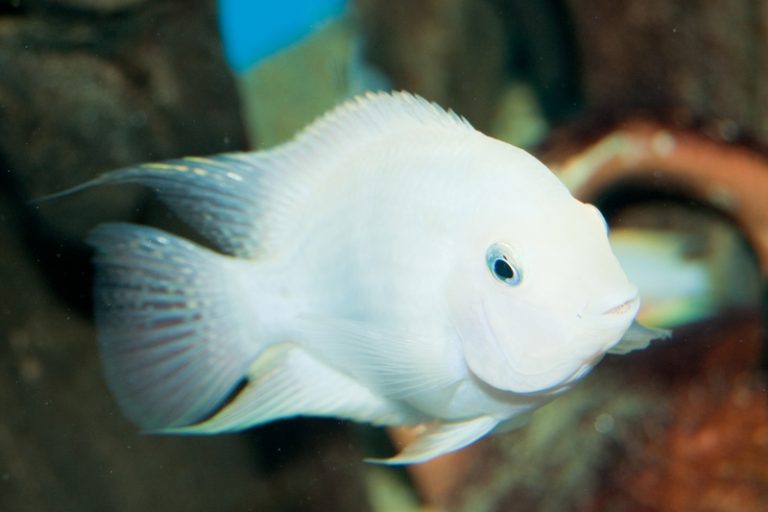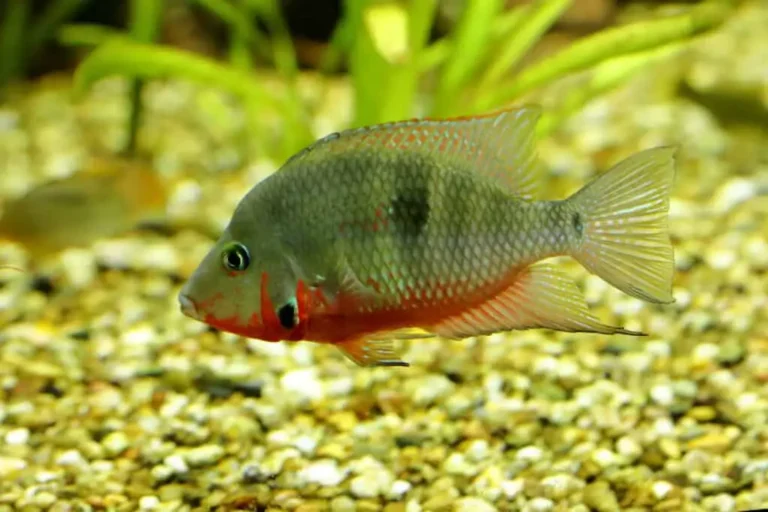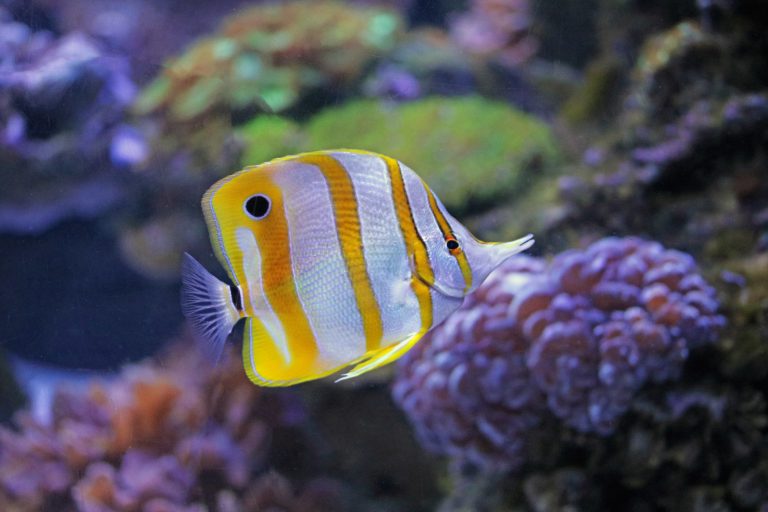Orange Bee Shrimp Vs Cherry Shrimp
The orange bee shrimp and the cherry shrimp are two popular choices for aquarium enthusiasts. These vibrant and colorful creatures can make a stunning addition to any tank. But how do these two species compare? In this blog post, we will explore the differences between the orange bee shrimp and the cherry shrimp, so you can make an informed decision about which one is right for you.
Orange Bee Shrimp vs Cherry Shrimp: Which is Better for Your Aquarium?
The orange bee shrimp (Caridina cf. cantonensis) and the cherry shrimp (Neocaridina heteropoda) are both freshwater shrimp species that are widely available in the aquarium trade. While they share some similarities, there are several key differences that set them apart.
Appearance
One of the most noticeable differences between the orange bee shrimp and the cherry shrimp is their appearance. As the name suggests, cherry shrimp have a bright red coloration that can range from a deep crimson to a vibrant cherry red. They are relatively small, typically growing to around 1-1.5 inches in length.
On the other hand, orange bee shrimp have a more striking appearance. They feature a combination of vibrant orange and black colors, which create a stunning contrast. Their bodies are slightly larger and can reach lengths of up to 2 inches.
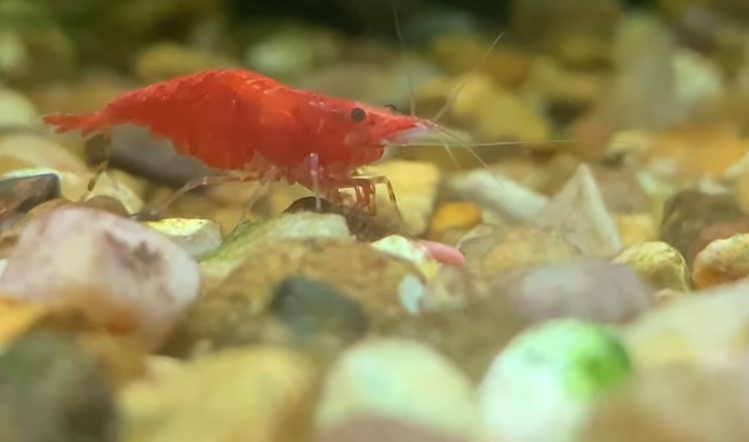
Hardiness and Care
When it comes to hardiness and ease of care, cherry shrimp have the upper hand. They are quite adaptable and can thrive in a wide range of water parameters. Cherry shrimp are also known for their ability to breed readily, making them an excellent choice for beginners or those looking to start a colony.
Orange bee shrimp, on the other hand, are a bit more challenging to care for. They require more specific water conditions, including softer and more acidic water. Additionally, orange bee shrimp may not breed as readily as cherry shrimp, making them more suitable for experienced aquarists.
Water Parameters
Both orange bee shrimp and cherry shrimp require clean, well-maintained water. However, there are some differences in the specific water parameters they prefer.
Cherry shrimp are more versatile and can tolerate a wide range of water conditions. They can adapt to slightly alkaline water with a pH range of 6.5 to 8.0 and a temperature range of 65 to 85°F. Cherry shrimp can do well in a variety of substrates and are generally less sensitive to changes in water quality.
On the other hand, orange bee shrimp have more specific requirements. They prefer soft, acidic water with a pH range of 6.0 to 7.0 and a temperature range of 70 to 78°F. Orange bee shrimp also benefit from the addition of botanicals, such as Indian almond leaves, which help recreate their natural habitat.
Behavior and Compatibility
Cherry shrimp and orange bee shrimp are relatively peaceful creatures and can be kept with other non-aggressive fish and invertebrates. However, it’s essential to choose tankmates that won’t pose a threat to these small shrimp.
Cherry shrimp are known to be more active and can be seen darting around the tank, foraging for food. They are generally more social and can be kept in colonies without any aggressive behavior.
Orange bee shrimp, on the other hand, are a bit more reclusive. They tend to be less active and spend more time hiding in plants or other tank décor. While they can coexist with other shrimp and fish, they may be less visible compared to cherry shrimp.
Breeding
Breeding freshwater shrimp can be an exciting and rewarding experience for aquarium keepers. Cherry shrimp are known for their prolific breeding habits and can produce a large number of offspring in the right conditions. The young shrimp are small and look like miniature versions of the adults. They can be raised in the same tank as the adults but may require some additional hiding places to ensure survival.
Breeding orange bee shrimp can be more challenging and requires more specific water parameters. Since orange bee shrimp may not breed as readily as cherry shrimp, a dedicated breeding tank with carefully controlled conditions may be necessary to achieve successful breeding.
Frequently Asked Questions
Q: Can I keep orange bee shrimp and cherry shrimp together?
A: While it is possible to keep these two species together, it’s generally not recommended. Orange bee shrimp have more specific water requirements, and their breeding habits may differ from cherry shrimp. It’s best to keep them separate to ensure optimal conditions for each species.
Q: Can orange bee shrimp and cherry shrimp crossbreed?
A: No, orange bee shrimp and cherry shrimp cannot crossbreed. They belong to different genera and cannot produce viable offspring together.
Q: Are orange bee shrimp and cherry shrimp safe to keep with fish?
A: Both orange bee shrimp and cherry shrimp can coexist with non-aggressive fish species. However, it’s essential to choose tankmates that won’t harm or prey on the shrimp. Small, peaceful fish like rasboras or tetras are usually the best companions for shrimp.
Final Thoughts
Choosing between orange bee shrimp and cherry shrimp ultimately depends on your personal preferences and experience level as an aquarium keeper. If you’re a beginner or looking for low-maintenance shrimp, cherry shrimp are an excellent choice. However, if you’re up for a challenge and have the time and dedication to create specific water conditions, orange bee shrimp can make a unique and striking addition to your aquarium.
Remember to always do thorough research and choose the shrimp species that best suits your tank’s requirements. With proper care and attention, both orange bee shrimp and cherry shrimp can thrive and bring beauty to your aquatic environment.

